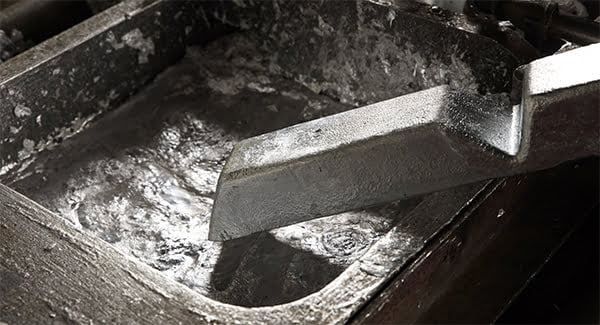The Intricate World of Diecasting: Precision in Manufacturing
The Intricate World of Diecasting: Precision in Manufacturing
Blog Article
Diecasting is a versatile and popular manufacturing technique that involves injecting molten metal into a mold cavity at the pressure of a high. It's a highly effective method to create large quantities of complicated metal parts, which have high precision in dimension and a smooth surface finish. Diecasting's process, the materials as well as the various applications for diecasting, are crucial to many sectors, which makes it an essential component of manufacturing today. This article outlines the basics of diecasting, its benefits and diverse uses in the industry.
Diecasting begins with the design of molds, also referred to as a die, which is usually made of the hardened steel. The mold is constructed to stand up to the temperatures and pressures involved during the process. When the mold is finished to be used, the molten material, generally composed of aluminum magnesium, zinc or copper is heated to the state of liquid and is injected into the mold under pressure that is high. The pressure remains constant until the metal has cooled, ensuring that the molten metal is able to fill every area of the mold, including intricate parts and walls that are thin. When the metal has cool and solidified, the mold is opened, and the finished piece is released. This procedure allows high accuracy and consistency with the manufacture of metal parts.
One of the most significant advantages of diecasting is the effectiveness in large-scale production. When dies are made it is possible to have the process repeated many times, with little variance between the parts. It is important to repeat the process to industries that require huge amounts of homogenous parts. Diecasting is also known as a material that is efficient. It produces lower waste as compared to other metal forming techniques in that any leftover metal is recyclable and reused. It not only lowers the cost of material but also promotes environmentally sustainable manufacturing practices. The speed and accuracy of diecasting make it the ideal alternative for the production of large volumes of parts quickly and consistently, ensuring that manufacturers can adhere to tight schedules for production and market demands.
Diecasting is widely employed across many industries due to its versatility and the range of different materials utilized. In the automobile industry Diecasting is a must to make components like motor blocks, transmission casings and other structural components. The aerospace industry has a dependence upon diecasting for light, high-strength parts that can be able to withstand the extreme conditions that come with flight. In electronics for consumers, diecast components are used to construct frames and housings that offer durability and precision in devices. The versatility of diecasting also extends to applications in the telecom, medical and power tools industries and demonstrates its vast use and significance. To obtain new details please head to Senadiecasting
Diecasting's capabilities extend to its wide range of applications. For instance, in the automobile industry, diecast components are used in engines, transmissions, and other structural parts. They contribute to the lighter and fuel efficient automobiles. In electronics, diecasting is utilized to make housings and heat sinks and connectors. This ensures optimal heat management and durability. Tools for power and household appliances as well as toys benefit from the precision and effectiveness of diecasting in the production of components that range from knobs and handles all the way and internal components. The process's adaptability to various metals as well as its capability to manufacture parts with complex design make it suitable for a wide range of sectors, each profiting from the distinct advantages the process offers.
Diecasting is an important manufacturing method that is able to combine high-quality, efficient, and versatility. Its capability to make complicated, high-end components that have outstanding mechanical properties make it indispensable to many sectors. The efficiency of diecasting in mass production, along with its cost and material benefits, justifies its significance in modern manufacturing. With the need for high-performance and reliable components continues to increase, diecasting will continue to be a key technology driving innovations and supporting the manufacturing of products with the latest technology that will meet the ever-changing demands of the market. Through continuous expansion and development, diecasting exemplifies the connection between engineering excellence as well as manufacturing experience, strengthening its importance in the next phase of manufacturing.